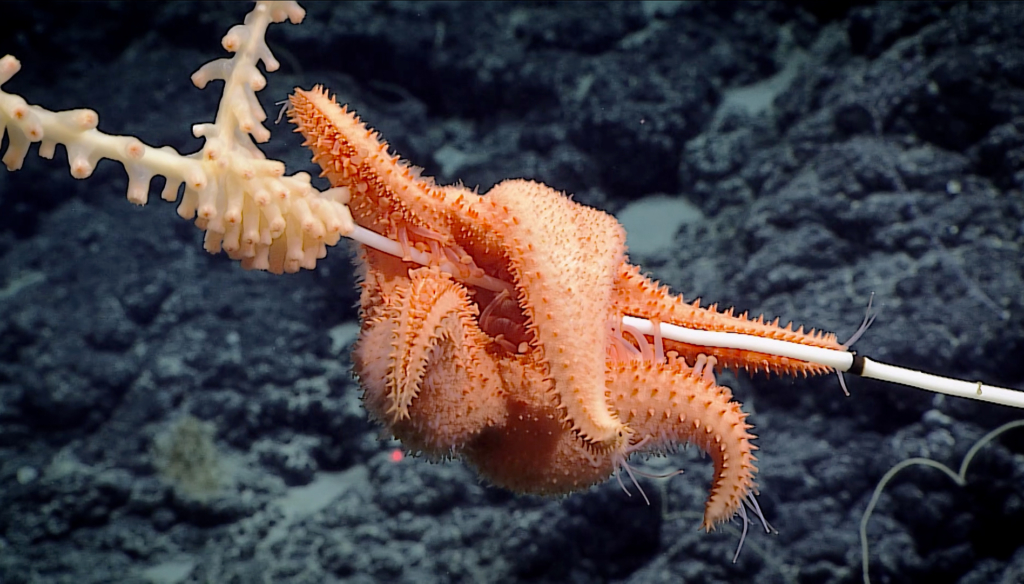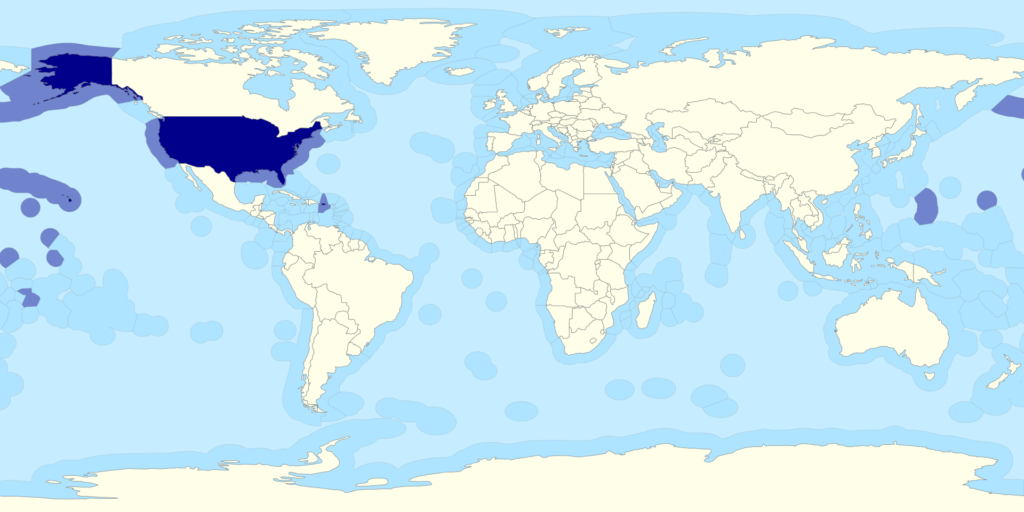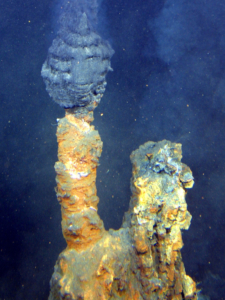There is a new race for resources: the ocean floor.
Seabed exploration, a precursor to mining, is underway in remote parts of the Pacific Ocean as corporations and nation-states attempt to catalog the underwater resources.
Highly sought-after metals such as cobalt and nickel are used to manufacture electric cars, drones, and other electronics. As land-based supplies dwindle, corporations fervently seek ways to exploit the vast untapped reserves of the oceans. The Clarion Clipperton Zone in the Pacific Ocean is one area that could soon be transformed by mining. About twice the size of Alaska, this region holds an estimated 1.8 times more nickel and 3.4 times more cobalt than all land-based reserves combined.

Changes could happen quickly. The International Seabed Authority plans to release the terms of exploitation by 2020 for this entirely new industry. Yet, precious little is known about the largest ecosystem on Earth. Less than 0.05 percent of the ocean has been mapped at a detailed level.
Oceans are the common heritage of humanity
Every country has an Exclusive Economic Zone, an area in which they have the sole right to extract resources according to their internal laws. These EEZs extend into the ocean up to a certain distance. Waters outside of these zones, however, do not belong to any nation-state, but are governed by international law.

The ocean floor is even more protected. In 1970, the United Nations adopted a resolution declaring the ocean floor must be preserved for peaceful purposes as the common heritage of humanity. This means that the oceans belong to all of us, including those yet to come.
Although little is known about the seabed, the ocean contains a wealthy interior. In just 0.02 percent of the Clarion-Clipperton zone, research crews found more than 1,000 species of animals. Over 90 percent of these were new to science. It is no exaggeration that every exploration reveals new discoveries, and no one has seen the ocean floor in these areas.
This lack of knowledge has not stopped its exploitation and decimation by capitalism over the last 150 years. Industrialists have long plundered and polluted the oceans with overfishing, plastic waste, oil and gas extraction and even bomb testing. Countless oil spills and agricultural run-off have rendered many parts of the Gulf of Mexico void of life.
Deep-sea mining targets ocean ecosystems, marine life and global climate
Resources are found in three main categories of terrain: polymetallic nodules, seamounts, and hydrothermal vents.
Polymetallic nodules are resources that sit like pebbles on the ocean floor. This requires the least amount of destruction relative to the other categories.
Seamounts are underwater mountains with a mineral-rich crusts, containing cobalt, manganese and others. They are sometimes referred to as oases because they support a greater diversity of life than the surrounding area.

Hydrothermal vents are openings in the sea floor that emit heated, mineral-rich water. Many deep-sea vents in the Pacific and Indian Oceans have been found with significant enrichments of gold, zinc, silver and other minerals. Discovered only 50 years ago, much about these seafloor features is still unknown. These vents are thought to be the originators of life on earth, and scientists at Oregon State University described them as “a major force in ocean ecosystems, marine life and global climate.”
The method of extraction for seamounts and vents are similar in that machines will cut into the ocean floor, grind up the substance and then filter out minerals, potentially with chemicals. These methods will kick up massive plumes of dust, spreading thousands of meters vertically and many kilometers horizontally. Machines and other equipment will bring light and noise pollution, and any chemicals used during the extraction process will alter the chemical composition of the ocean water.
This footprint will not just alter the immediate impact zone. The marine ecosystem for hundreds or thousands of kilometers will be destroyed in the process.
The fact that no information exists about these habitats will not stop capitalist extraction. Ocean mining is already underway in the EEZs of countries around the world. Should deep-sea mining progress, countless millions of unknown habitats and species could be destroyed within 10 years time.
Not only will mining destroy the natural carbon-capture process of the ocean seabed, but disturbance of the seafloor sediment will release stored carbon that was captured over millions of years adding to atmospheric warming.
Environmental destruction is the symptom, capitalism is the disease
Regulations define the terms under which oceans can be exploited, but there is no method of extraction that will not fundamentally alter the seafloor. This exploitation, however, is propelled forward because of capitalism, the global economic system of irrational overproduction. The “demand” for new devices every year is a tremendous waste of resources for the sole purpose of enriching the billionaire class.
Imperialism is also a driver behind this technology. Similar to oil, countries that are able to secure critical resources are in a better position vis-a-vis those that lack access. The U.S. seeks to dominate this global supply (and all others) in order to force other countries to do their bidding.
Countries like China and Russia, already threatened by the U.S. with imperialist war, will need to obtain these resources at any lengths. The socialist reorientation of society is an urgent necessity. Economic activity, especially in environmentally-sensitive areas, must be planned to meet human needs and not profits.




